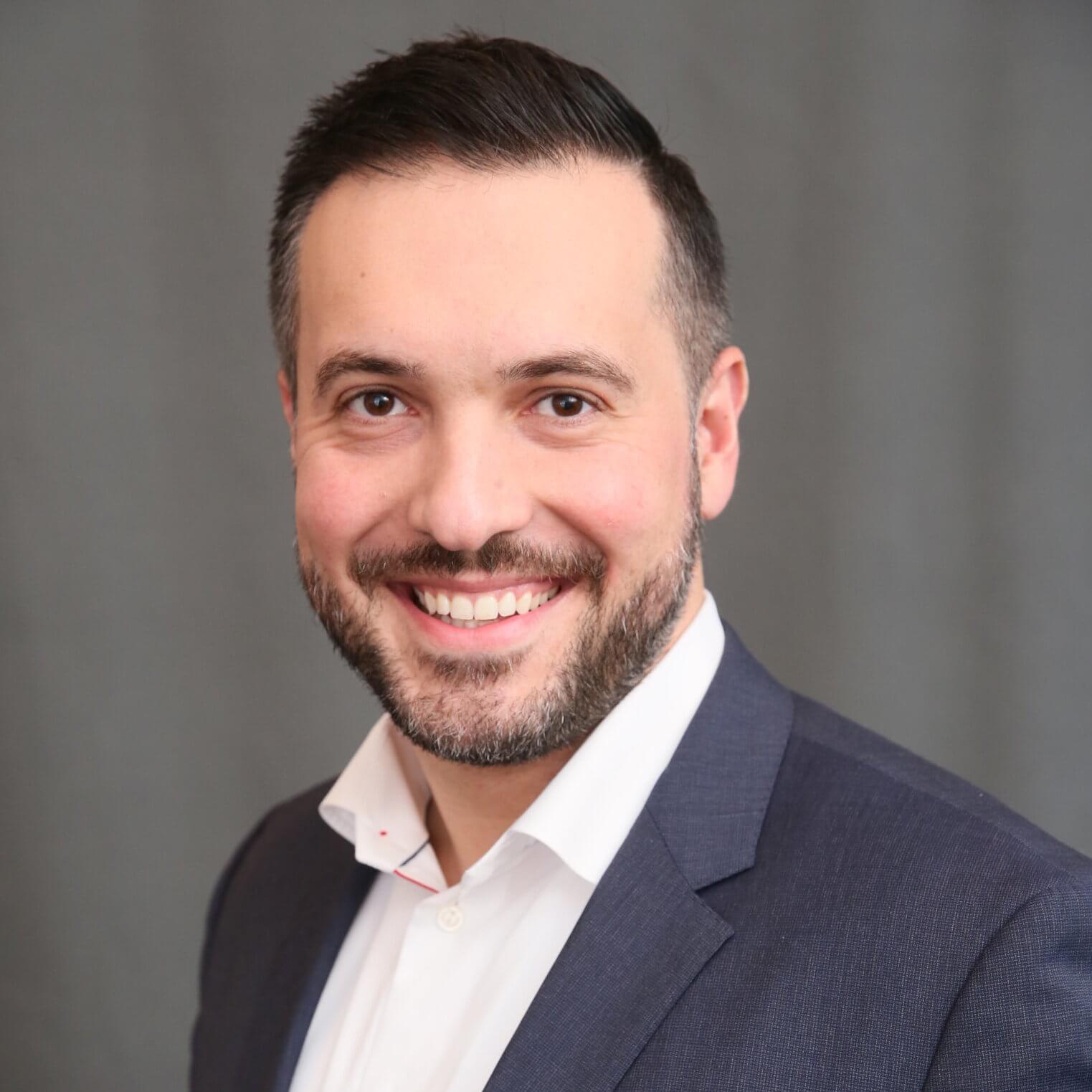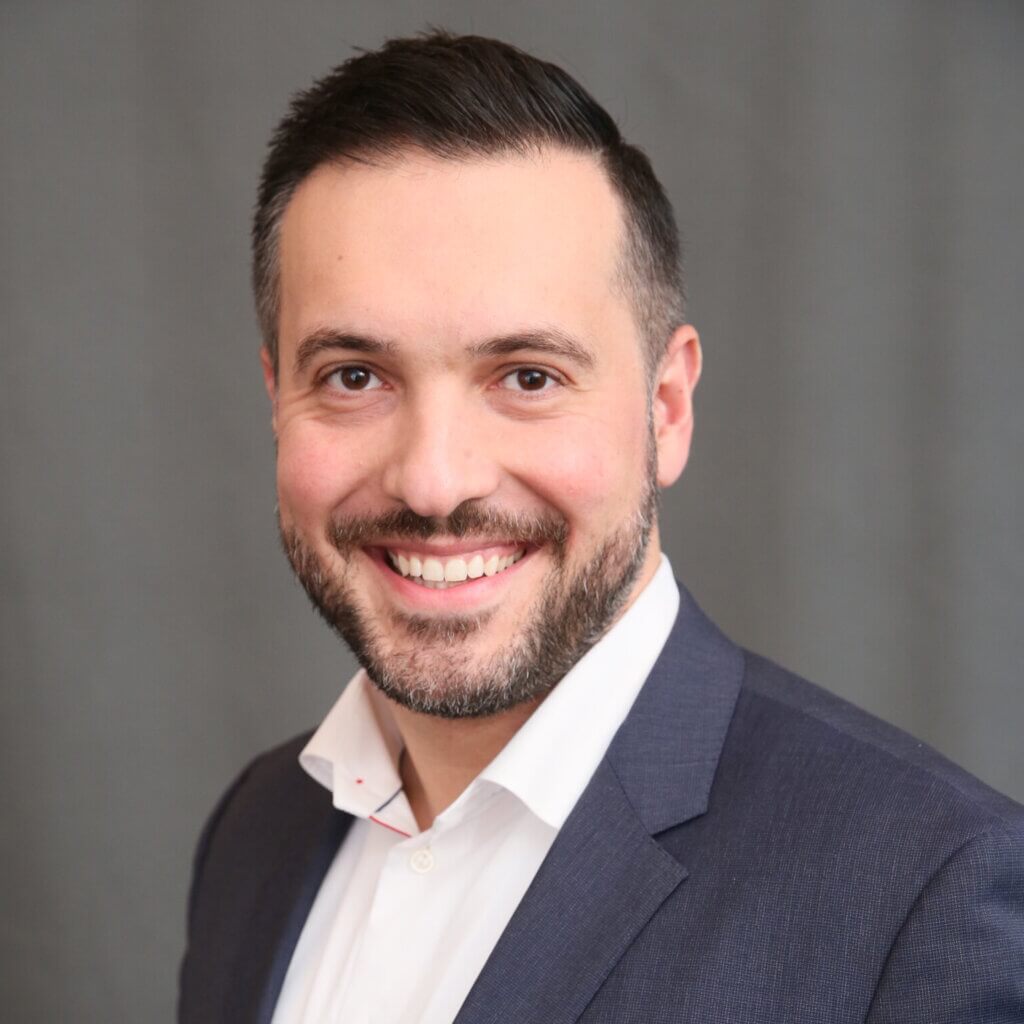
Interview
Q What are the main drivers behind activity in the secondaries market at present?
The primary driver behind secondaries deal volume over the past year has been a significant slowdown in exits and a subsequent slowdown in fund distributions. This has resulted in liquidity challenges for limited partners, creating opportunities in terms of LP-led secondaries. Many investors have sought to sell off portions of their portfolios, often earlier vintages, in order to free up capital to invest into newer funds. Equally, a lack of traditional exits has also led to LPs placing pressure on their managers to generate distributions in creative ways, which has resulted in an increase in GP-led secondaries. It is all interconnected, but it fundamentally stems from a slowdown in private equity deal activity, and particularly exits.
Q Capital raising for PE secondaries strategies fell year on year in Q1 2024. Why do you think that happened?
Outliers can sometimes skew data, and I think that is at least partially what is going on here. In the secondaries industry, you have a number of mega-managers that are raising $15 billion or even $20 billion-plus funds. The timing of those closes can therefore impact quarterly fundraising figures significantly. Our impression is that secondaries remains an area that investors are paying a great deal of attention to; I would expect the numbers to even out over the course of the year. It is worth bearing in mind that LP due diligence processes are taking longer than they have done historically. Investment committees have more questions than ever that need answering before a commitment will be made. That is true not only of secondaries, of course, but of all strategies, and I don’t believe that the story that played out in Q1 will be the story that defines secondaries this year. In fact, I believe that 2024 will ultimately come close to, or even exceed, 2023 in terms of secondaries funds raised. Certainly, I would not only be surprised, but shocked if the order of magnitude of the drop-off that was recorded in Q1 continued over the rest of the year.
Q What are some of the specializations that secondaries firms are using to stand out from their competitors?
One of the most pronounced evolutions in this industry over the past decade has been the growth of the GP-led secondaries market, which has now reached a similar scale to the LP-led market. LP-led and GP-led secondaries deals have different due diligence processes, requiring different skills in the team, as well as different time horizons and return profiles. The decision to specialize in one of these deal types has therefore become an important source of differentiation. Within the GP-led space, you then have managers focusing on specific sectors or company sizes, while in the LP-led world, you also have managers focusing on different niches. There are firms that are targeting venture capital fund interests, for example, rather than simply buying diversified portfolios of whatever the seller is looking to sell.
Q How can private equity firms encourage further participation in the secondaries market?
The best way to encourage participation is to ensure that your processes and policies do nothing to actively discourage it. What I mean by that is any friction around the closing of secondaries deals, such as information friction– how challenging it is to access and share data – should be minimized. Approval processes should be streamlined and any costs associated with transfers, including setting up continuation vehicles in the GP-led market, must be taken into consideration.
Q To what extent have macro challenges impacted secondaries investing over the past 12 months?
The secondaries industry has grown up in a 0 percent interest rate world with myriad drivers of transactions, including investors taking an increasingly proactive approach to portfolio management. This resulted in the huge growth of the industry during that period. Now, however, the interest rate environment has become the number one motivation for sellers, and that macroeconomic context has had a profound impact on an aggregate level across the private equity industry. Investors are sitting on substantial sums of unrealized capital and are looking to the LP-led secondaries market to generate liquidity. The same is true of the GP-led market, where we are seeing a particular focus on mid-market companies, because of the pressure that companies of that size are facing against a higher for- longer interest rate backdrop. The ability to roll a business from its existing fund into a continuation vehicle offers additional time and potentially additional capital to allow the manager to continue to add value until a more favorable exit environment arrives.
Q How are novel technologies being used in secondaries?
At the investment team level, we are seeing the use of OpenAI and automation tools in order to improve the
efficiency of deal screening. Anything that allows firms to process information more quickly and to reach better
decisions in a shorter amount of time can add a huge amount of value: when a secondaries opportunity emerges, deadlines can be tight. Teams may have to come up with a price in a matter of days. The more efficient you are, the
higher the volume of deals you can assess without leaving any stones unturned. Technology is helping to make this possible in a way that doesn’t require more people or longer hours. Innovative technologies including AI are also being employed to analyze market signals, identifying opportunities in specific market segments in the LP-led space or in types of companies in the GP-led space.
Q What role does the secondaries industry have to play in private equity being opened up to new types of investors, including HNWIs?
We are certainly having more and more discussions with clients about the structures they can use to access the high-net-worth investor base. These HNWIs are naturally gravitating towards secondaries in order to gain exposure to private equity in a way that offers them greater diversification and the ability to put large lump sums of money to work quickly, and to start receiving distributions quickly as well. We are seeing a growing number of feeder entities tailored for these HNWIs. There are also a number of aggregator firms out there curating relationships with either financial institutions or directly with the HNWIs themselves. This approach is similar to a feeder fund, but in this instance there is an outside entity performing all the anti-money laundering and Know Your Customer diligence of the investors. In addition, we are seeing new fund structures being developed by regulators on both sides of the Atlantic. In Europe, for example, we have the ELTIF 2.0, which is another means for accessing the asset class. Secondaries often represent a significant part of those portfolios due to the attractive investment thesis this market offers HNWIs. As a result, secondaries managers are extremely focused on figuring out how to access this potentially huge pool of capital.








